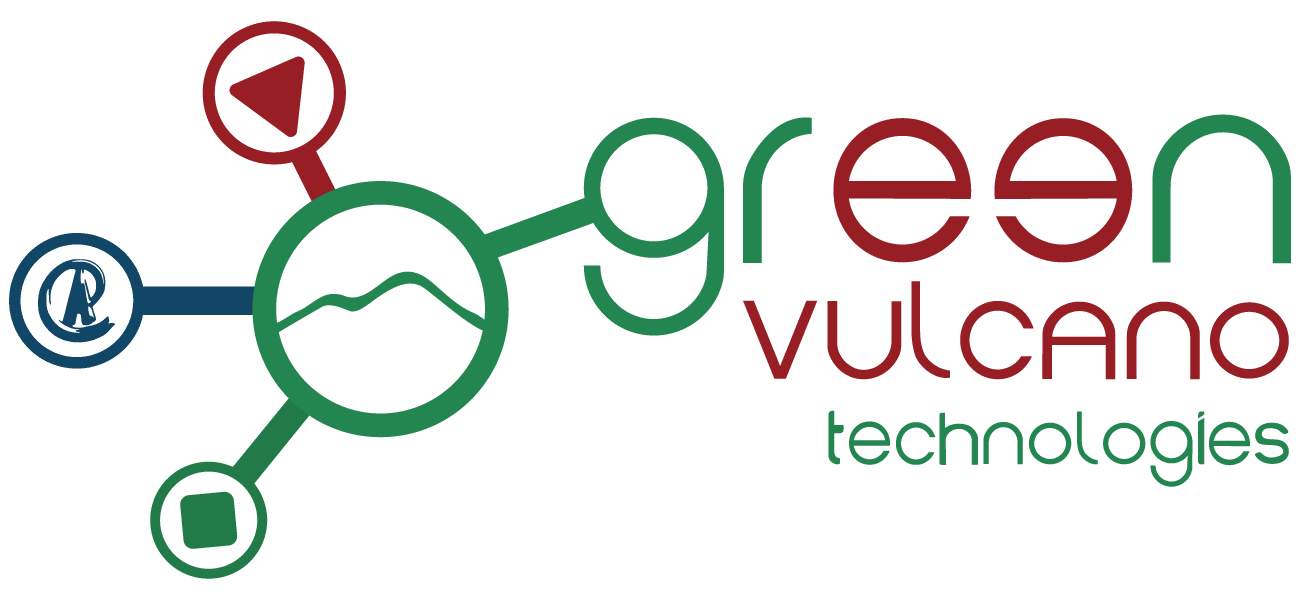What are Digital Twins?
Basically, they are a digital duplicate of a physical thing, created using drones, lasers, ground robots, and photogrammetry.
Digital twin technology is not a recent invention. The concept of pairing, traces its roots to the early days of space travel, when NASA built models to help monitor and modify spacecraft that, once launched, were beyond their physical reach. As computer power increased, these analogue models turned into digital ones.
How they work?
First, smart components with embedded sensors used to gather data about real-time status, working condition, or position are implemented in a physical item. These components were usually connected to a cloud-based system that received and analyzed all the data. Such input were then analyzed against business and other data to solve problems that are different for every business.
Lessons are learned and opportunities are uncovered within the virtual environment and thus they can be applied to the physical world to improve your business.
- Sensors—Sensors distributed throughout the manufacturing process create signals that enable the twin to capture operational and environmental data pertaining to the physical process in the real world.
- Data—Real-world operational and environmental data from the sensors are aggregated and combined with data from the enterprise, such as the bill of materials (BOM), enterprise systems, and design specifications. Data may also contain other items such as engineering drawings, connections to external data feeds, and customer complaint logs.
- Integration—Sensors communicate the data to the digital world through integration technology (which includes edge, communication interfaces, and security) between the physical world and the digital world, and vice versa.
- Analytics—Analytics techniques are used to analyze the data through algorithmic simulations and visualization routines that are used by the digital twin to produce insights.
- Digital twin—The “digital” side of figure 1 is the digital twin itself—an application that combines the components above into a near-real-time digital model of the physical world and process. The objective of a digital twin is to identify intolerable deviations from optimal conditions along any of the various dimensions. Such a deviation is a case for business optimization; either the twin has an error in the logic (hopefully not), or an opportunity for saving costs, improving quality, or achieving greater efficiencies has been identified. The resulting opportunity may result in an action back in the physical world.
- Actuators—Should an action be warranted in the real world, the digital twin produces the action by way of actuators, subject to human intervention, which trigger the physical process
Current Applications
Aerospace: as we said NASA was the first to dabble with pairing technology — the precursor to today’s digital twin — as far back as the early days of space exploration.
The challenge NASA’s research department had to face was how to operate, maintain, or repair systems that weren't within physical proximity to them.
When disaster struck Apollo 13, the innovation of mirrored systems still on earth allowed engineers and astronauts to determine how they could rescue the mission. Today, NASA uses digital twins to develop new recommendations, roadmaps, and next-generation vehicles and aircraft.
Manufacturing: digital twins are sometimes used to simulate specific complex assets such as jet engines and large mining trucks. Such digital twins may uncover important insights that could affect future asset design. To make another example, a digital twin of a wind farm may expose insights into operational inefficiencies.
Supply Chain: The spread of digital twins could shake up even supply chains. For example, suppliers could be asked to submit a digital twin of their product so that it can be tested in a manufacturer’s virtual factory before an order is placed. It is already a requirement at the Amberg plant for suppliers to deliver a digital twin along with their product to help installation.
Marketing and Sales process: even less complex mass-produced goods are likely to end up having digital siblings. This would help with product tracking and verification, which is increasingly important in food manufacturing and pharmaceutical production. A consumer checking the provenance of a bottle of fine wine, for example, could confirm the vintage, or be alerted to the possibility of counterfeiting if the bottle had actually been dispatched to a different country.
IoT and Digital Twins
The Internet of Things feeds digital twins - who are hungry for real data. The engine in our example or any other physical asset helps us in making our digital twin as it feeds data we need to make that digital twin a real twin. Indeed, in real life you'll notice that digital twins today are predominantly used in the Industrial Internet or Industrial Internet of Things and certainly engineering and manufacturing enterprises are among the first adopters of Digital Twins technology because of their experience on IoT and being enabled by that.
Conclusions
With a digital twin, as the name indicates, we have two versions of a 'thing': the physical one and the digital twin one. If the virtual replica is really a digital twin and thus acts like the real thing, that would help us in detecting possible issues, test new settings, simulate all kinds of scenarios, analyze whatever needs to be analyzed do pretty much everything we want in a virtual or digital environment, knowing that what we do with that digital twin also would happen when doing it with the 'real' physical asset.
Contact us to have more information, or give us a feedback

